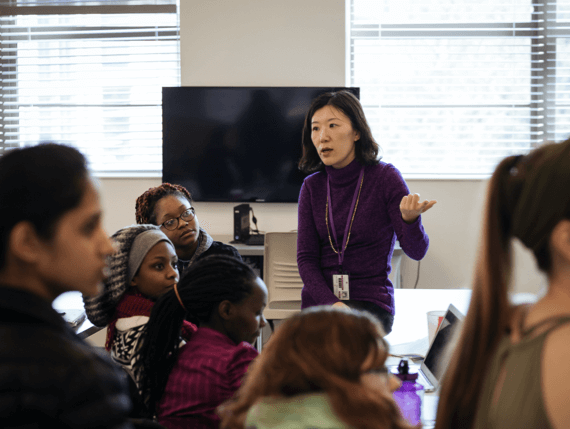


Since its founding in 1889, Agnes Scott has educated women to “think deeply, live honorably, and engage with the intellectual and social challenges of their times.” Unfortunately, the college’s website, which had not been updated since 2012, did not reflect the vibrancy of the campus or its community.
“We wanted our website to come to life and to take visitors on a journey,” said Danita Knight, vice president for communications and marketing.
Design: Digital Storytelling; Information Architecture; UI Design Systems & Webpage Templates; User Experience Design; Website Redesign; Digital Marketing: Search Engine Optimization; User Research Services: Stakeholder/Audience Focus Groups; Analytics & Measurement; Technical Consulting: Website architecture roadmap and planning; Content Management Systems: Functional planning and specifications; Content Entry; Content Migration; Website Hosting, Maintenance, and Support; Front-end Development: Mobile Responsive Websites; Pixel-Perfect Conversion of Design to Code; Modular and Flexible Layout and Component Build; Technologies: HTML5, CSS3/SASS, JavaScript, React; Web Development: CRM Integration for Lead and Application Form Submissions; Data Integration with Campus Systems; Interactive Applications that are Decoupled from Underlying Content Sources; Organizational Consulting Services: Communications and Web Governance
“Agnes Scott is a beautiful campus, full of warm people who share deep interactions. The website didn’t showcase these qualities,” said Voltaire Santos Miran, CEO and head of client experience at mStoner. The site’s text-heavy pages, along with small photos, gave it a flat look.
Governance of the site had become a case of too many cooks in the kitchen. Various faculty contributors and content managers had created a lack of consistency in the site’s voice and style and the type of information it provided. The team at Agnes Scott knew their website redesign needed a plan for centralized governance and training for designated content managers.
Another challenge was better illustrating the Summit Experience, the hallmark of an Agnes Scott education. Summit is a unique, holistic approach that provides each student with global learning, including an opportunity to travel internationally or domestically; leadership development; professional opportunities; digital literacy; and a board of advisers. The groundbreaking nature of the Summit Experience needed to be brought to life through effective storytelling. Agnes Scott wanted the Summit pages “to sing.”
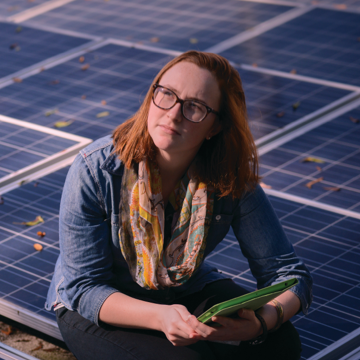
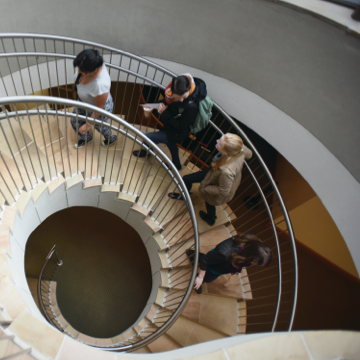
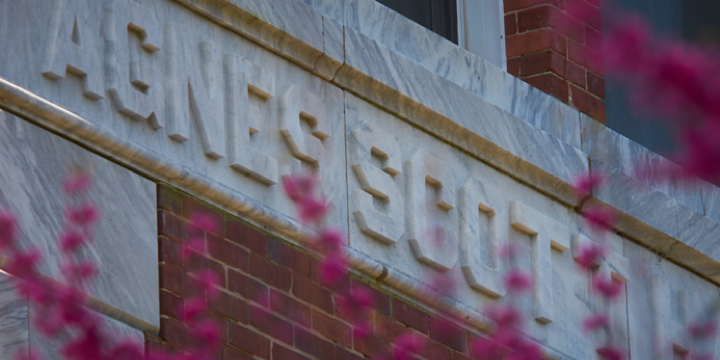

“Our president, Leocadia I. Zak, came to Agnes Scott in 2018, right away, she reviewed our website and asked questions,” said Knight. “She wasn’t confident that we were portraying ourselves in our best light.” The institution’s vice president of enrollment and admissions, Alexa Gaeta, also saw a need for a refresh. Though a new website was going to be a big-ticket item, college leadership decided it had to be prioritized.
“We started interviewing vendors,” said LaNeta Counts, associate vice president for technology. “And mStoner stood out immediately. From the first meeting, we were in a conversation with them. It wasn’t just a Q&A. They were interested in developing a relationship. It was clear we were going to be partners in this endeavor.”
The timeline was one of the biggest challenges of the redesign. College leadership was hoping for the site to launch within six to eight months of the discovery process. But with so much to accomplish, the mStoner team advised that a phased launch would be the best strategy. Even so, the amount of rewriting, redesigning, and editing proved daunting. “We were making progress, but we could see we weren’t going to meet the proposed deadline. Voltaire was instrumental in helping us communicate to college leadership how much we had accomplished, how much more there was to do, and why we needed an extension for the launch of phase one,” said Counts. It was crucial that the new content reflect the visionary nature of the Agnes Scott experience, and taking the time to get that right was essential.
Agnes Scott students, faculty, and alumnae — known as Scotties — are “social, political, and economic game-changers, ready to make a difference around the world,” said Zak. mStoner recognized the Scotties’ stories as one of the college’s best but most underused assets. Vibrant photos and videos can go a long way in telling a story, but restrictions brought on by the pandemic prevented the college from scheduling a photo and video shoot. “Regardless, they made very good use of what they already had,” Miran said, “and we used organic shapes and compelling language to bring it all to life.”
The storytelling showcases many of the hallmarks of the Agnes Scott education. Each story speaks of individuality and creativity with students and alumnae designing their journeys through perspectives as diverse as dance and classical languages. Together, they suggest a deep sense of community and illustrate the transformational nature of the Summit Experience and an Agnes Scott education.
Using cascading images, mStoner tells the Summit story with a distinct visual energy. The headings “Start Here, Lead Everywhere,” and “Begin Your Climb” add to the suggestion of the Agnes Scott journey that Knight had envisioned for the website. As visitors scroll, the pages and images overlap, illustrating progress through the Summit experience and the accumulation of skills from the first year to graduation.
“With these stories, the site now takes our visitors on the journey I was hoping for,” said Knight.
With faculty often writing content for the academic pages on the old website, information was inconsistent and not always geared to the 16- or 17-year-old prospective student. Programs were hard to find, and the site was difficult to navigate. mStoner created an Academic Program finder, which allows visitors to easily explore programs by interest, field of study, major and minor, or alphabetically. They gave the program pages consistency by implementing a template, which answers many of the questions prospective students and their parents may be asking, such as: Why study this at Agnes Scott, and what will my career opportunities be?
The college was also interested in integrating the graduate programs more holistically into the website and the overall Agnes Scott story. Graduate pages were rewritten using the same template as the undergraduate program pages. The mStoner team also employed mission statement terms such as “Thinking deeply, living honorably, and engaging the intellectual and social challenges of our time” in program descriptions to echo the cornerstone of the Agnes Scott education.
— Danita Knight, Vice President for Communications and Marketing.
“We’ll welcome one of the largest classes in our history in fall 2021,” Knight was excited to report. “I attribute this to the effort of our admissions and enrollment team, the way the college pivoted during COVID-19, and to our new website.” She is grateful to college leadership for supporting the investment in a new website and looks forward to continuing to work with mStoner and to bringing on a digital communications staff member who will keep content fresh.
The new site is mobile-friendly, accessibility compliant, fast-loading and optimized for search engines. Navigation has been streamlined and separated by topic, task, and audience; and internal and external information have been separated for a more intuitive user experience.
For Counts, the back end is what she is most proud of. “The mStoner team collaborated with Tammy Roundy, our web developer at Agnes Scott, to improve our CMS. The changes are going to have such an impact going forward. Maintaining and updating the site is going to be so much easier.” She is also pleased that the site projects the sense of home and community that defines Agnes Scott.
According to Miran, the Agnes Scott team made the project a true collaboration. “They were dream clients,” he said. “We were all aligned in our goals to tell stories better; create a cleaner, more organized site; embrace a centralized governance structure; and share the warmth of the Agnes Scott community.”
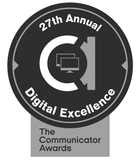
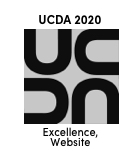
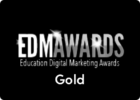
Next case study